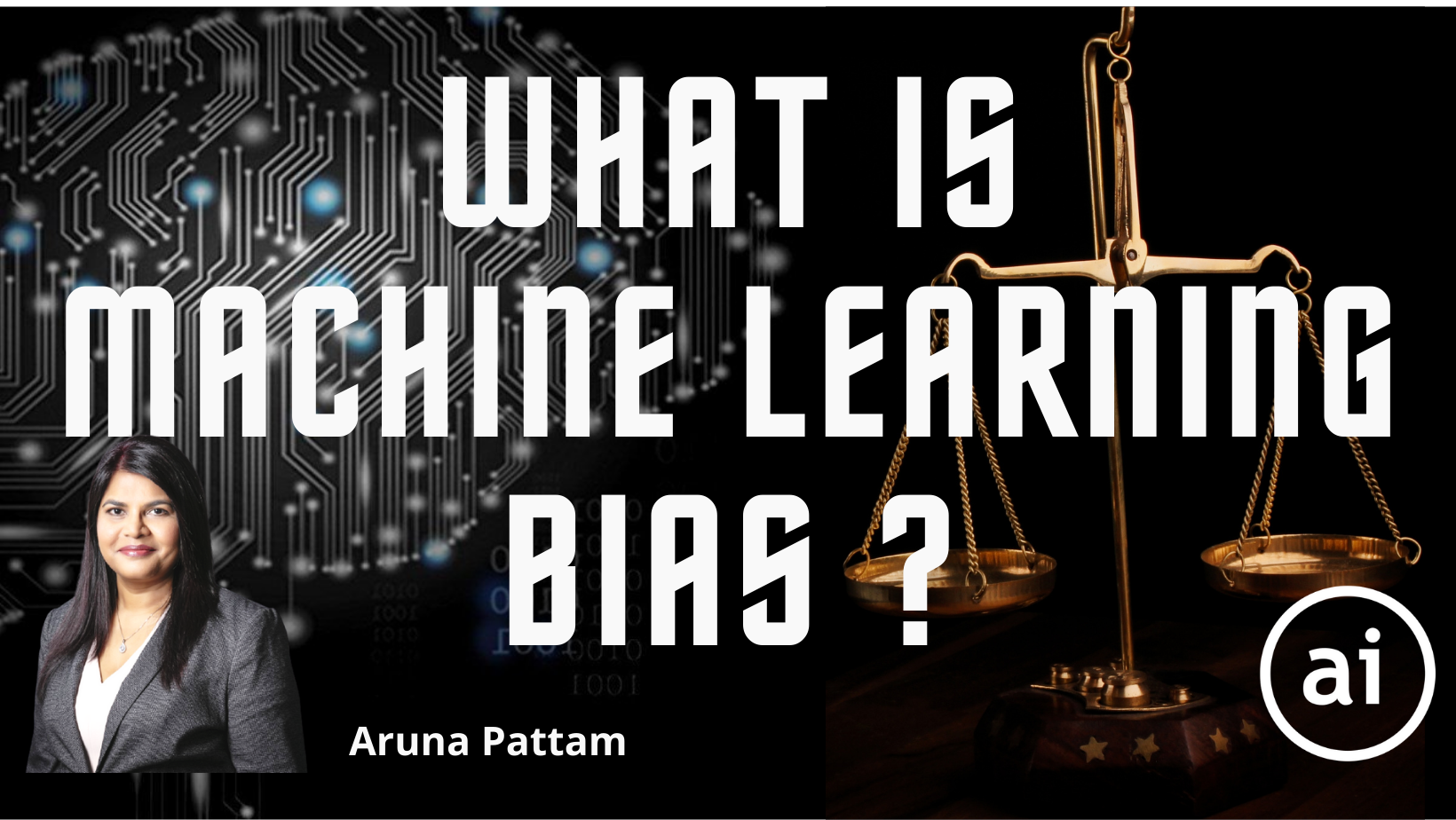Machine learning helps business in making better decisions, however, one of the major challenge for Machine learning is Bias. In this video I will be covering machine learning bias. So What is Machine Learning Bias? Machine learning bias, is the tendency of a machine learning algorithm to produce inaccurate results, particularly when used to make decisions that affect people. In other words, it’s an error made by a machine learning algorithm where learned behavior is incorrect or undesirable. The most common sources of bias in a machine learning system are data bias, feature bias, model bias, algorithm bias, and operational bias. Let’s now go through each of them in little detail. – Data Bias: A system is biased if the data used to train it, is biased. For example, imagine a system trained on photos of people. If the training data contains more photos of white people than black people, then it will likely to perform poorly at identifying members of a black population. – Feature Bias: A machine learning algorithm will make biased decisions if its features are biased. For example, if a system is trained to detect crimes and one of its features is “no. of arrests,” then it will likely to detect crimes that are biased towards a race or ethnicity. – Model Bias: A machine learning algorithm will make biased decisions if the model itself contains bias. For example, if an algorithm makes hiring decisions based on a person’s height, then taller people will have an advantage. – Algorithm Bias: An algorithm is biased if the procedure used to train it contains bias. For example, imagine a system trained to identify flowers using a specific algorithm. If the training data contains more photos of roses than daisies, then the algorithm might be learn to identify roses instead of daisies. – Operational Bias: Finally, a system is biased if the way it’s used in practice contains bias. For example, imagine that an algorithm is capable of predicting whether someone will default on a loan with 95% accuracy. However, if decision makers who use this algorithm are more likely to reject individuals from low-income groups than high-income, then the algorithm will function in a biased manner. There are multiple sources of bias which might affect the machine learning algorithm and in turn it affects the business decisions. So, we have to be mindful of these sources of bias and don’t fall into the trap. Thank you for watching. Hope you found this video helpful.



